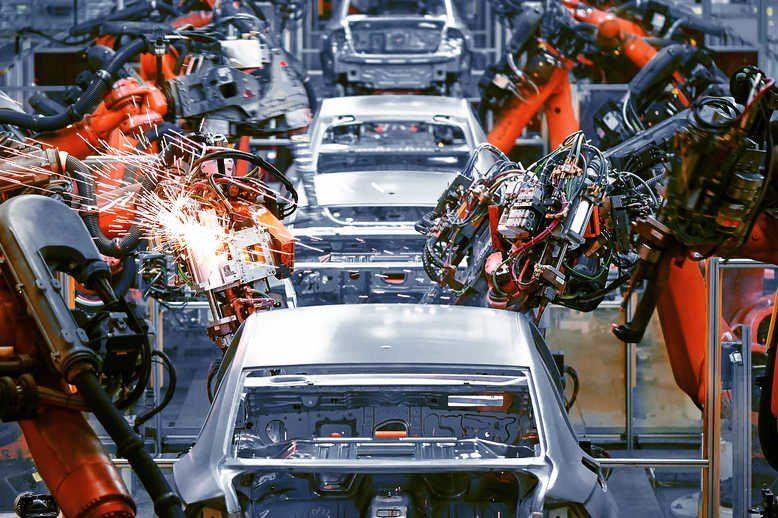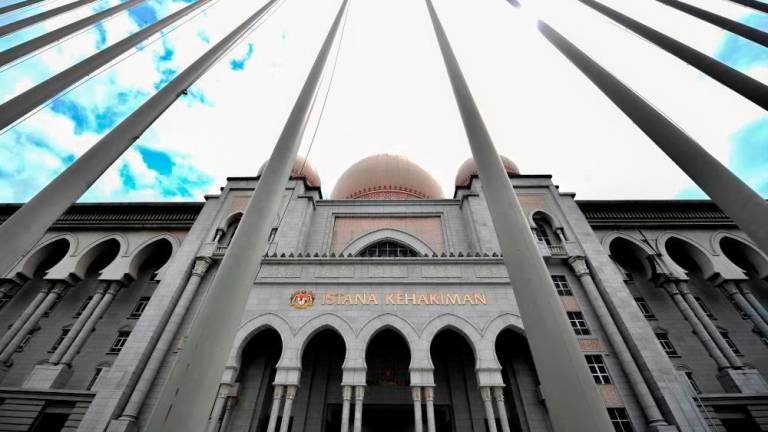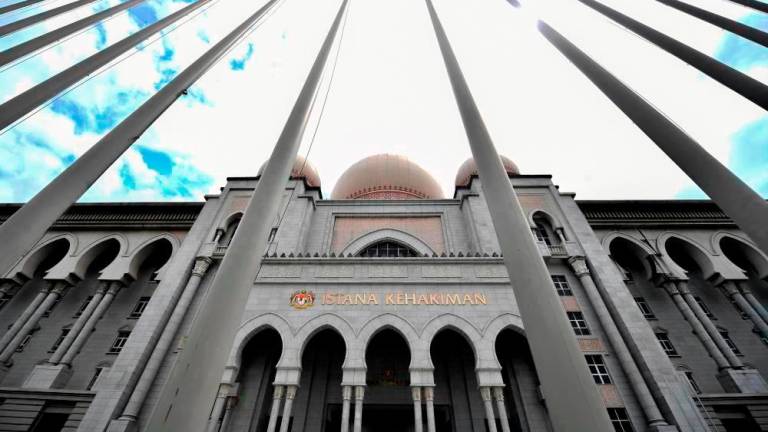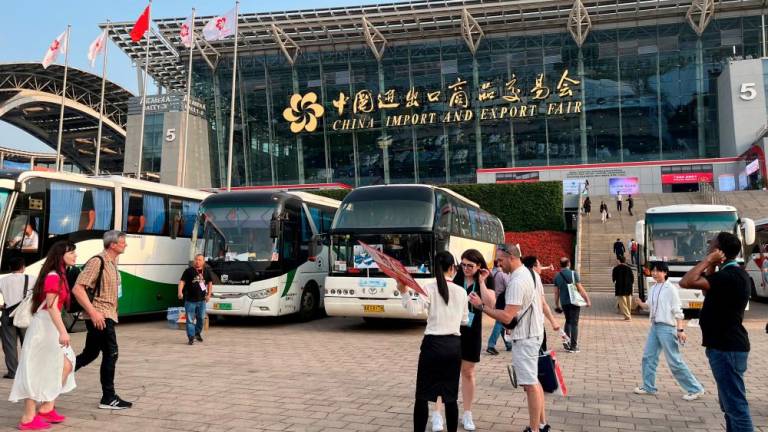KUALA LUMPUR: One of the new elements of the newly-launched National Automotive Policy (NAP) 2020 – the Next Generation Vehicle (NxGV) – will not only consist of Energy Efficient Vehicles (EEVs), but also autonomous vehicles, and Malaysia will be preparing itself to be the test bed for this, said an automotive industry analyst.
Other new elements include Mobility as a Service (MaaS) and Industrial Revolution 4.0 (IR4.0).
These new elements were revealed in the NAP 2020 booklet released by the Ministry of International Trade and Industry (Miti) yesterday.
Miti said NxGV is classified as a vehicle that meets the definition of Energy Efficient Vehicles (EEVs), and is enhanced with Intelligent Mobility applications with the minimum of Level 3 Vehicle Automation i.e. Conditional Automation.
Careta Media automotive industry analyst Hezeri Samsuri told Bernama that the new NAP 2020 has set its mind to elevate the game to the next level.
“Assembling alone is not enough and NAP 2020 wants to ensure Malaysians will be proficient enough to even be involved in the research and development (R&D) of such vehicles.
“As you can see, a huge chunk of NAP is designed to allow Malaysia to be the hub for NxGV,” he said.
“This is good but Malaysia will have to be quick in wooing the investors because Thailand and Indonesia are both very quick in their planning,” said Hezeri.
He said Malaysia must be investor-friendly and investors must understand that Malaysians are capable of becoming not just factory workers but also of contributing to the R&D part of the products as we can see how the country loses out to Thailand when it comes to automotive assembling.
“This is our chance to be the champion of NxGV but if nothing big happens in the next 12 months, expect us to be trailing behind Thailand again, and perhaps Indonesia if we are still dilly dallying and giving out too many excuses and “plans”,” said Hezeri.
He said NAP is not really new, as the policy was first announced in 2006 when the focus was on supply chain integration, while the NAP 2009 focused on getting in foreign investment to enhance our automotive industry.
Meanwhile, he said NAP 2014 was geared towards making Malaysia the hub for EEVs while the latest one, NAP 2020, is to prepare us to the next stage – NxGV.
“Many were disappointed because they were hoping for heaps of incentives coming in. This is anticipated since our neighbouring countries have been announcing incentives to investors and their domestic consumers,” he said.
Hezeri said Malaysia was actually the first to offer incentives for energy efficient vehicles and slowly moving from offering the incentives to complete built-up (CBU) vehicles to only complete knocked-down (CKD) alone now.
“Unfortunately, with such a small market, not all players are interested in assembling their products here, citing that the low numbers will not be profitable for them to warrant a CKD operation,” said Hezeri.
Fortunately, Hezeri said, it is not too late because NAP 2020, as the name suggests, is a set of policies.
“Incentives, regulations and roadmaps are based on policies, and we hope that Malaysia will soon announce more on their new automotive strategy,” he added. — Bernama













